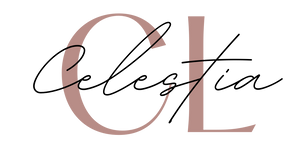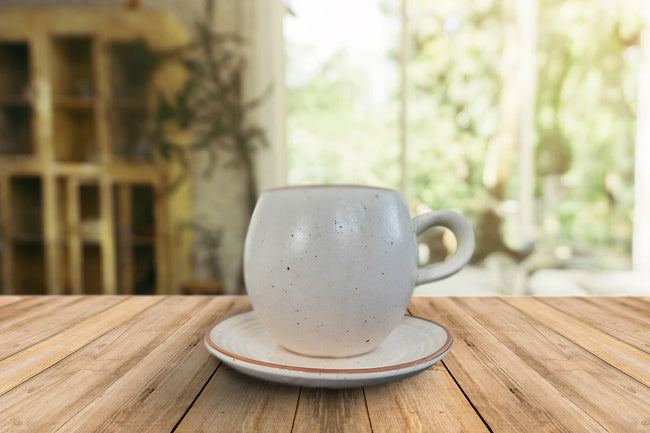A napkin is one of the most intrinsic items we search for or pick up at a picnic or a formal meal. This is due to the fact that napkins are the most vital tool in every restaurant. They are primarily used to prevent and eliminate spills, collect crumbs, and are sometimes employed by hosts as signalling instruments.
Ancient Romans utilized little and huge pieces of cloth during mealtimes and meetings, according to Etiquipedia. The little, pocket-sized piece, in the shape of a handkerchief, was meant to spot the brow. The "mappa" was a considerably bigger fabric that was stretched over the brink of the seating region to guard against food consumed while reclining. This same cloth was also used to wipe one's mouth.

People at a party would bring their own napkin to carry leftover food home - the earliest called as "doggie bags." With the elimination of the Roman Empire, however, this ancient type of napkins vanished.
Providentially, history re-surged itself in the 17th century, with huge "napkins" arriving on the market to assist keep dining rooms neat while enjoying food with bare hands. When forks and spoons were acknowledged as part of the eating experience in the 18th century, the size of the napkins shrank.
Napkins on contemporary table settings are usually made of cloth or paper, but they are always present throughout drinks and mealtimes. They come in a range of dimensions, but the most common are 10-inch square cocktail napkins and 18-inch square dinner napkins. Modern diners do not often eat with hands, and people sit at a table rather than lounge or recline to relish the food. Consequently, people utilize our napkins contrarily than diners in prior eras.

Source - Pinterest
Dining decorum also influences how we utilize napkins. It is not customary or recommended that we rub our brows with our dinner napkins, and doggy bags have progressed significantly from the approaches employed in prehistoric Rome.
Today's table napkin etiquette includes the following:
- During a meal, the dinner napkin is just put on your leg.
- It is not flung on the table or gone to rest while eating.
- It's not a dusting rag. Plunging it into your water glass to clean it simply attracts attention to yourself.
- Place your napkin on your chair when you leave the table for a time.
- Once the meal is over, put your napkin to the left of centre, where your forks were.
- Replace a castoff napkin in the napkin loop.
Put the cocktail napkin in your left hand between your middle and ring fingers while you hold your glass during a cocktail party, networking event, or during drinks before a meal. If you have a little dish, place a napkin corner beneath it as you hold it. This keeps your fingertips dry and clean when shaking hands and meeting others. And a dab on the lips before taking a sip of beverage has returned many moments of confidence!
Napkins also indicate the start and finish of a hosted lunch. Guests at a table understand that the dinner begins when the host places her napkin on her lap. Similarly, when the host removes her napkin from her lap and sets it to the left of her place setting, the dinner is over.
Set your table with fabric-based dinner napkins, play host for a dinner, and even conduct a quiz game to check who at the table can mention the etiquette requirements in regard to the use of napkins.


